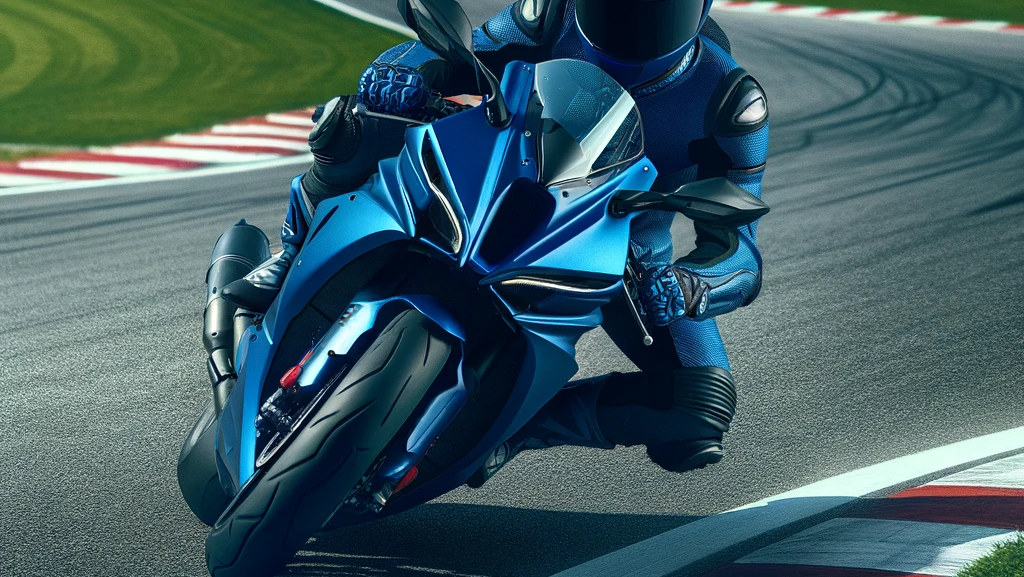So, you’re eyeing a used Yamaha YZF-R1? Excellent choice! This iconic superbike has been a favorite among motorcycle enthusiasts for years, thanks to its outstanding performance, sleek design, and cutting-edge technology. But buying a used one? That can be a bit tricky. No worries, though—this guide will help you navigate the process like a pro.
Why Choose a Yamaha YZF-R1?
Before diving into the nitty-gritty of buying used, let’s talk about why the Yamaha YZF-R1 stands out. Since its launch in 1998, the YZF-R1 has set the benchmark for superbikes. With a powerful engine, advanced electronics, and a lightweight chassis, it offers an exhilarating riding experience. Whether you’re into track days or weekend rides, the R1 delivers.
Research and Preparation
First things first, do your homework. Knowing the model years, key features, and common issues of the Yamaha YZF-R1 is crucial. Here’s a quick rundown:
- Model Years: The R1 has evolved significantly since 1998. Key model years to consider include:
- 1998-2001: First generation, known for its raw power and simplicity.
- 2004: Introduction of under-seat exhaust and fuel injection.
- 2009: Crossplane crankshaft technology for better power delivery.
- 2015-present: Latest generation with advanced electronics and refined design.
- Common Issues: Be aware of typical problems like:
- Cam chain tensioner issues in early models.
- Electrical problems, especially with the stator and regulator/rectifier.
- Wear and tear on the suspension and brakes.
Inspecting the Bike
When you find a potential bike, it’s inspection time. Here’s a checklist to guide you:
- Visual Inspection:
- Frame and Bodywork: Look for any signs of damage, cracks, or poor repair jobs. These can indicate past accidents.
- Paint and Finish: Check for consistency. Mismatched paint might suggest replaced parts.
- Leaks: Inspect the engine, forks, and rear shock for any oil leaks.
- Mechanical Inspection:
- Engine: Listen for unusual noises. The engine should run smoothly without knocking or rattling.
- Transmission and Clutch: Test ride the bike. Shifting should be smooth without any clunks.
- Brakes: Ensure they’re responsive and don’t make any strange noises.
- Suspension: Check for smooth operation and any signs of leaking fork seals.
- Mileage and Maintenance:
- Service Records: Ask for maintenance records. Regular servicing is a good sign.
- Mileage: High mileage isn’t necessarily bad if the bike has been well maintained. However, low mileage bikes with poor maintenance can be problematic.
Test Ride Tips
Never skip the test ride. It’s your chance to feel the bike’s performance and spot potential issues. Pay attention to:
- Handling and Stability: The bike should feel stable and responsive.
- Braking Performance: Brakes should be sharp and not spongy.
- Comfort: Ensure you’re comfortable with the bike’s ergonomics.
Negotiating the Price
Now, let’s talk money. Here are some tips to get the best deal:
- Do Your Research: Know the market value of the bike you’re interested in. Websites like Kelley Blue Book or NADA Guides can help.
- Point Out Issues: Use any flaws or maintenance needs to negotiate a lower price.
- Be Ready to Walk Away: Don’t be afraid to walk away if the deal doesn’t feel right. There are plenty of bikes out there.
Finalizing the Purchase
Once you’ve agreed on a price, it’s time to finalize the deal:
- Get a Bill of Sale: This should include the bike’s VIN, sale price, and both parties’ signatures.
- Transfer the Title: Ensure the title is clean and transferred correctly.
- Verify the VIN: Double-check the VIN on the bike matches the paperwork.

